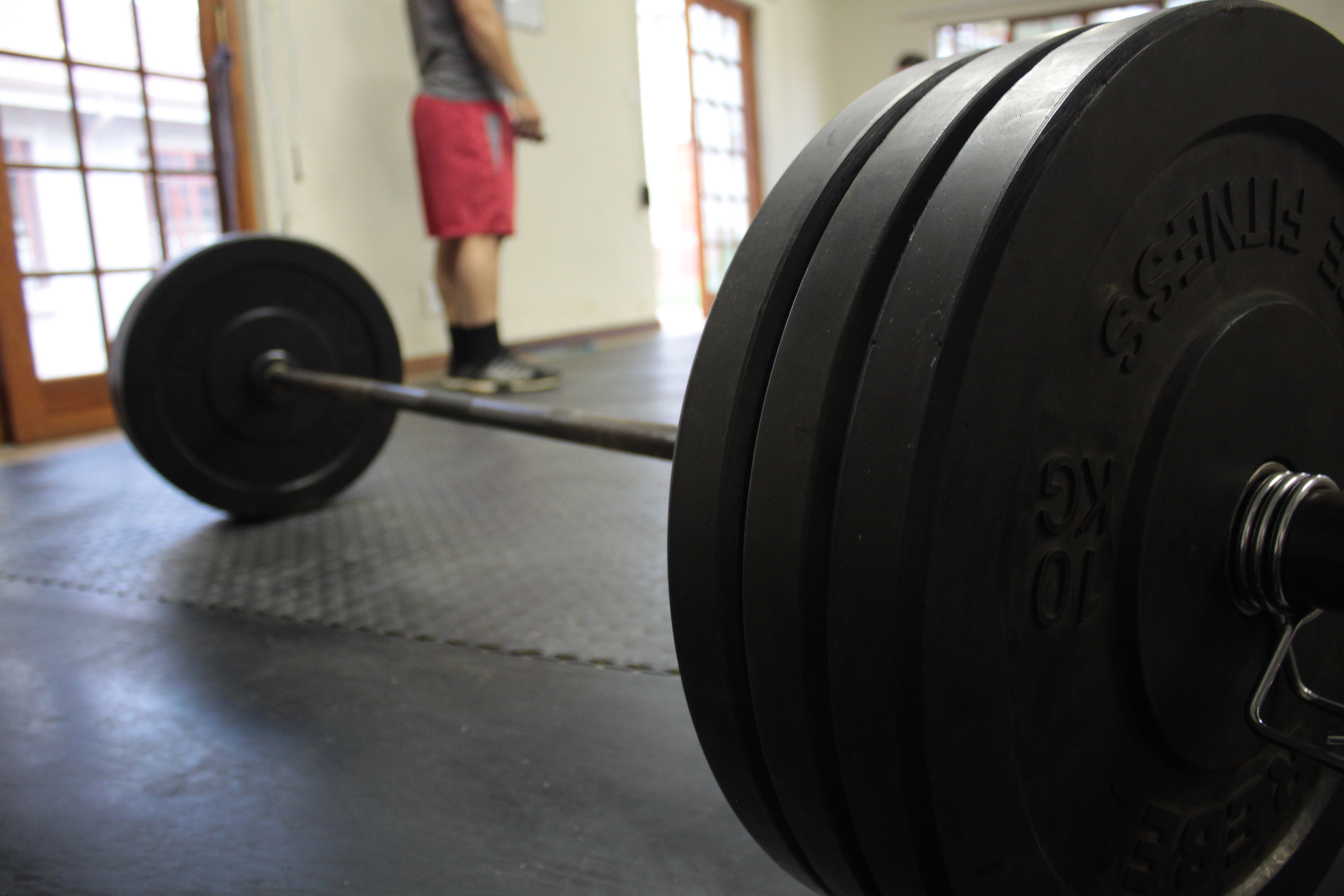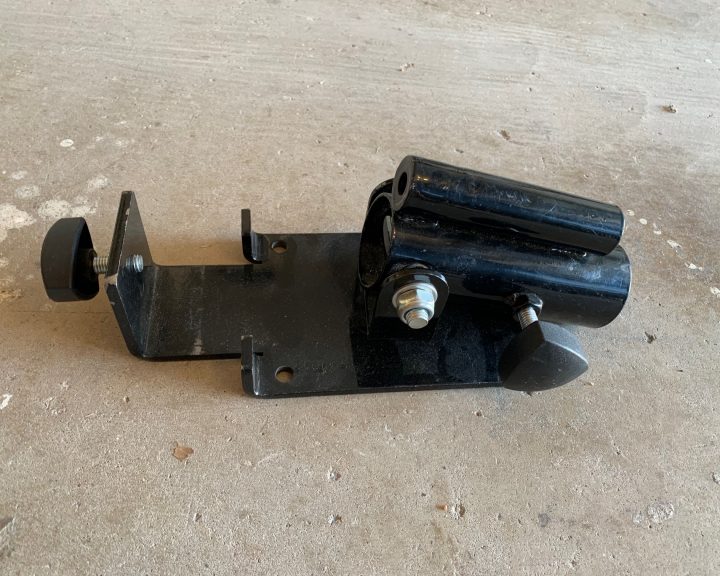Strength is critical for athletic performance. It is a factor in power, it helps us sprint faster, change directions, throw, move an opponent, and even resist injury. It is also a skill and like any skill it must be practiced so that one can become good at it.
Good strength and conditioning programs focus on improving strength all during the off-season. This can be done by devoting one day a week to maximal strength training. In addition, it’s not unusual to make the overall training heavier as the off-season progresses so that the athlete is lifting their heaviest either just before pre-season or during pre-season.
Once the athlete gets in-season, though, things tend to change. Athletes are practicing more in their sport, they are competing, they are traveling, they still have life going on. All this combines to severely limit training time. Strength training tends to be minimized during the in-season and the result is that it often is not enough to maintain an athlete’s strength, which has the potential to have a negative impact on performance or injuries.
While it is understandable that strength training will be reduced during the in-season, failing to do the things that helped to make the athlete successful is inexcusable. In-season strength training should focus on maintaining the athlete’s strength while teaching the athlete how to apply it. This can be done with two sessions per week, which seems to be the norm for many in-season athletes, but this must be designed deliberately.
If an athlete is training twice per week during the in-season, the following are some recommendations to help them maintain their strength, learn to apply it, and maximize their time and ability to recover:
- One session should be truly heavy. Preferably this session comes at the beginning of the week and furthest from the week’s competitions.
- The second session should also include multi-joint, ground-contact exercises, that are not as heavy as the first session. These exercises should be different than the first day.
- Both sessions should include power exercises. For many of the sessions these can be designed as complexes (i.e. alternating between a slow, heavy exercise and an explosive one).
- The entire body should be trained in each session, this is how it is used in competition.
- Some “rules” are going to be broken in-season. For example, power exercises may not be done first when the athlete is freshest. This is okay and may actually be desirable to simulate the lack of idealness that occurs in competition constantly.
What follows is a sample workout that attempts to incorporate these ideas. In this example, Monday is the heaviest day. The workout begins with the back squats, fairly heavy. This should be enough to maintain and even increase strength some during the course of the season. The clean pull, no explosion is essentially a clean-gripped deadlift (though the bar stops at mid-thigh) followed by a power clean. The next complex is a good morning and a medicine ball toss. Just from these three exercise groups the lower body has been emphasized heavily and total body power exercises have been incorporated. The bench press (with a medicine ball chest pass) is trained with the same intensity as the squat, this is then followed by bent-over rows to chain the posterior of the athlete’s trunk.
On Thursday, the training is lighter (70-80% range). The athlete combines power cleans from the hang with front squats. The 70-80% allows the athlete to move the bar quickly during the power clean while the front squat represents a lower extremity hypertrophy-maintenance exercise. Split squats with split jumps continue to develop lower body strength/power, but they also help train the single-leg nature of many sports activities. Romanian deadlifts and snatch pulls round out the lower extremity strength/total body power part of the workout. Two pairs of supersetted exercises are incorporated to finish off the upper body with a high enough volume to maintain muscle mass during the in-season.
Monday:
Back squats, 5×2-6×80-90%
Clean Pull, no explosion + Power clean, 3×6+3×80% of power clean
Good mornings + Medicine Ball toss, rear, 3×8-12+5 throws
Bench press + MB chest pass, 5×2-6×80-90% + 5 throws
Bent-over rows, 3×6-10
Thursday:
Power clean, hang + Front squats, 5×3+4×70-80% of power clean
Split squats + Split jumps, 3×4-8 each leg x 40% back squat + 5 jumps each leg
Romanian deadlifts + Snatch pulls, hang, above the knee, 3×8-12 + 4-6×70-80% of power snatch
Superset: Dumbbell Bench Press and One-Arm Dumbbell Rows, 3×8-12 each
Superset: Dips and Pull-Ups, 3xMax each
A few things to note about this program:
- The intensity doesn’t have to remain constant. For example, in week one Monday could be 80%, in week two it could be 85%, etc.
- The program should be modified every four weeks during the in-season. While the structure may remain the same, the exercises should be changed out every four weeks. This is to keep the athlete adapting and to keep them from getting bored.



